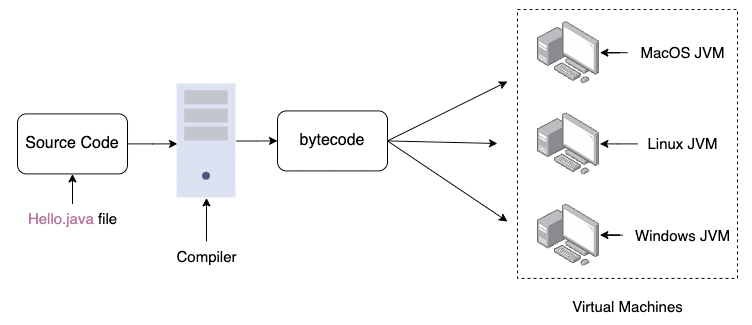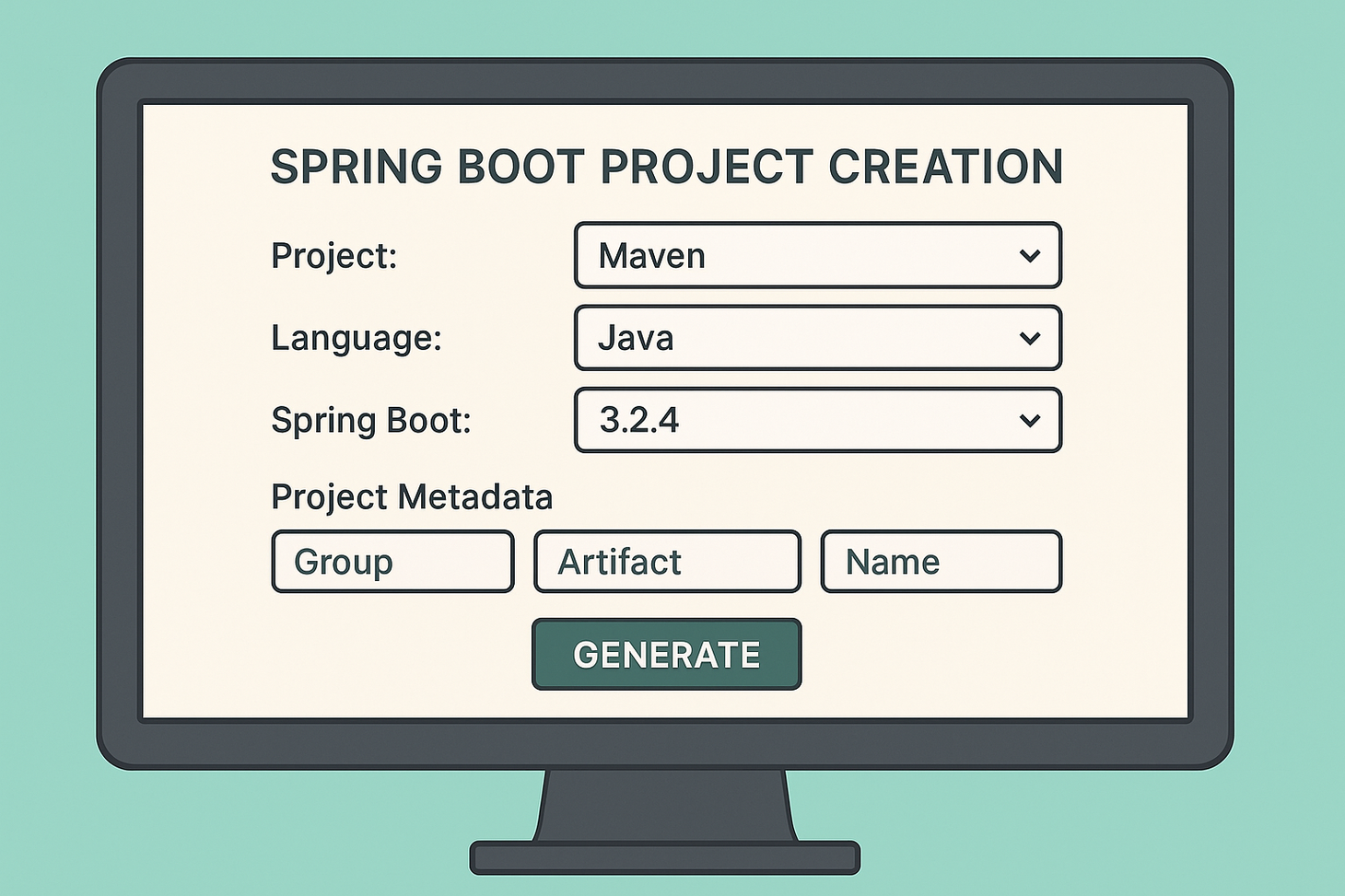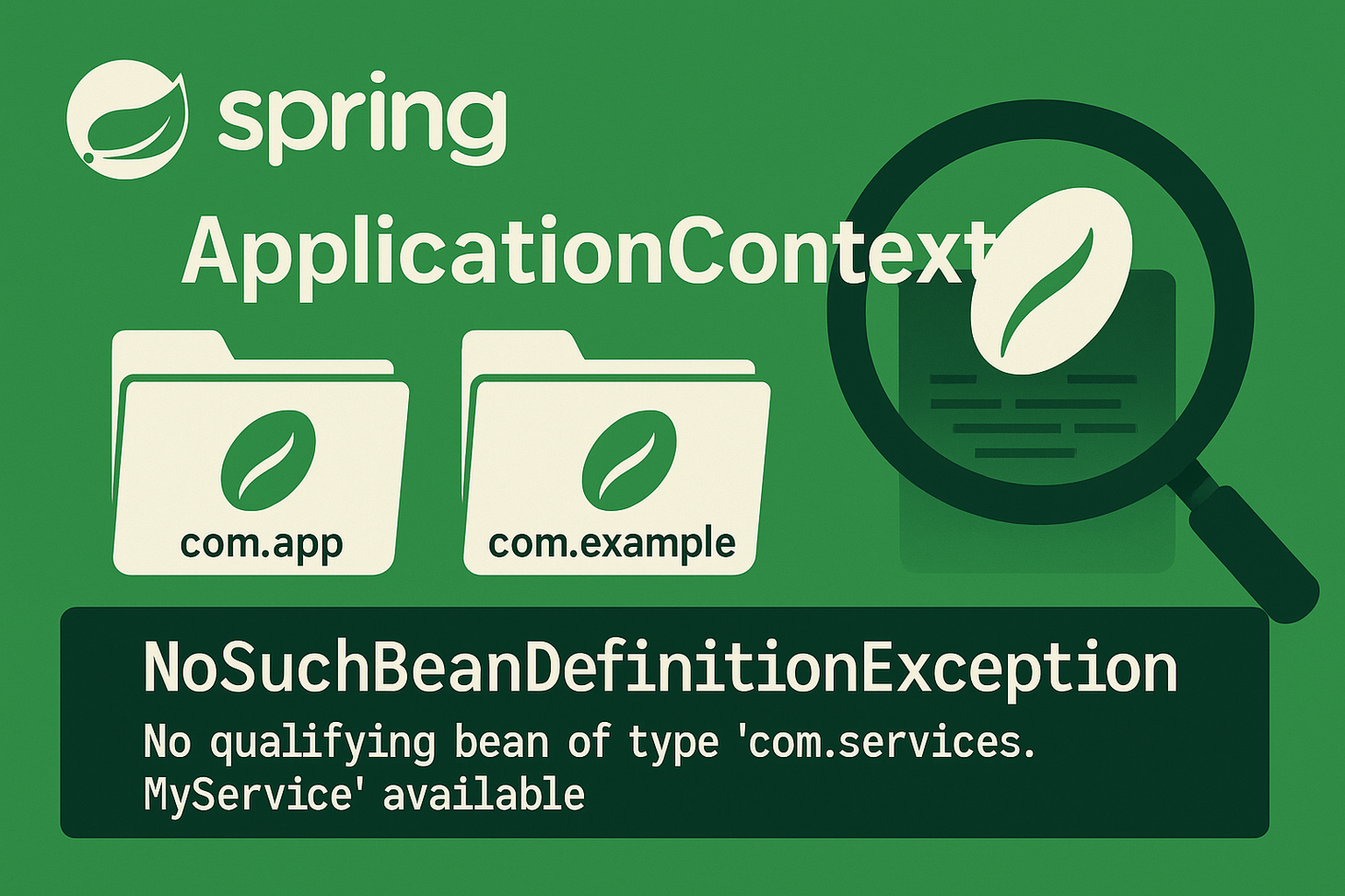What Are Java Features?
Table of Contents
Java is a widely used, high-level programming language known for its versatility and platform independence. Its robust features suit various applications, from web development to enterprise-level software.
Key features
The key features collectively contribute to Java's popularity and wide adoption across a diverse range of industries and application domains.
Simple
Java was designed to be simple, readable, and easy to write. It has a syntax similar to C++, making it familiar to many programmers. Here are some of the features that contribute to Java's ease of learning:
- The syntax is similar to C and C++.
- Strongly typed language.
- Automatic memory management (Garbage collection).
- 😅 NO Pointers.
- Documentation and community support.
Platform Independence
Java programs can run on any device or operating system with the installed Java Virtual Machine (JVM). This is because Java source code is compiled into an intermediate format called bytecode, which any JVM can execute. Java's platform independence is one of its key features and is achieved through a combination of factors:

- Java virtual machine (JVM).
- Write once, run anywhere (WORA).
- Java standard library (Java API).
- Garbage Collection.
- Network-centric design: Network operations are implemented platform-independent, making writing code that communicates over a network easily.
- Security model.
- Standardized APIs.
These features work together to make Java a highly portable language, allowing developers to write code once and run it on various devices and operating systems. This is a major reason for Java's popularity in enterprise and cross-platform development.
Object-Oriented
Java is an object-oriented programming language that organizes code into interactive objects. This promotes code reusability and maintainability and makes it easier to model real-world entities. OOP incorporates several key features of object-oriented programming (OOP). Here are some of the main object-oriented features of Java:
- Classes and objects.
- Encapsulation
- Inheritance
- Polymorphism
- Abstraction
- Method overriding
- Interfaces
- Packages
- Constructors
- Object
- Garbage collection.
These object-oriented features of Java facilitate the creation of modular, reusable, and maintainable code. They are fundamental to Java's design and are crucial in building complex software systems.
Portable
Java's portability is a key feature that allows Java applications to run on various platforms without modification. This is achieved through a combination of factors:
- Java virtual machine (JVM).
- Write once, run anywhere (WORA).
- Java API
- Garbage Collection and many more.
Robust and Secure
Java is known for its robustness and security, which are crucial aspects of its design. Here's an overview of Java's robust and secure features:
Robustness:
- Automatic Memory Management (Garbage Collection)
- Strong Typing
- Exception Handling
- Array Bounds Checking
- No Explicit Pointers
- Thread Management
Security:
- Sandbox Environment (Security Manager)
- Bytecode Verification
- Class Loading Restrictions
- Access Control
- Cryptography and Secure Communication
- Security Updates and Patch Management
- Platform Independence for Security
- Security Auditing and Reviews
These robust and secure features make Java a popular choice for building applications in environments where reliability and security are paramount, such as in enterprise systems, financial applications, and critical infrastructure.
Multi-threaded
Java's multi-threading feature allows a program to execute multiple threads simultaneously, providing concurrency. Java supports concurrent execution through its built-in multi-threading capabilities. A thread represents an independent flow of control within a program. By creating and managing threads, Java allows multiple tasks to execute concurrently, making it possible to perform several operations simultaneously.
This is particularly valuable for tasks like handling user interfaces, processing background tasks, and maximizing CPU utilization. Java provides a rich set of classes and methods for thread management, synchronization, and communication, making it efficient and straightforward to implement multi-threaded applications. Properly used, multi-threading can greatly enhance the performance and responsiveness of Java programs.
Other notable features include
- Distributed: Java includes features for creating distributed applications. This is achieved through technologies like Remote Method Invocation (RMI) and Java Messaging Service (JMS).
- Dynamic loading: Java supports dynamic loading of classes, which allows the runtime environment to dynamically load classes as they are needed, enhancing efficiency and reducing memory usage.
- Architecture-Neutral: Java does not tie itself to a specific architecture or platform. This is achieved through the use of bytecode, which can be executed on any platform that has a JVM.
- High Performance: While Java is generally considered to be slower than languages like C++, it still provides high performance through the use of Just-In-Time (JIT) compilers that dynamically translate bytecode into native machine code.
- Rich Standard Library: Java comes with a vast standard library that provides a wide range of pre-built classes and functions for various purposes. This reduces the need to write code from scratch for common tasks.
- Automatic Memory Management (Garbage Collection): Java manages memory automatically through a garbage collector, which frees developers from manually allocating and deallocating memory. This helps prevent memory leaks and makes Java programs more reliable.
- Support for Web Development: Java provides technologies like Servlets, JSP (JavaServer Pages), and frameworks like Spring, which are widely used in web development.
These features have contributed to Java's popularity and its extensive use in various domains, including web development, mobile app development (via Android), enterprise software, scientific applications, and more.
Gopi Gorantala Newsletter
Join the newsletter to receive the latest updates in your inbox.


